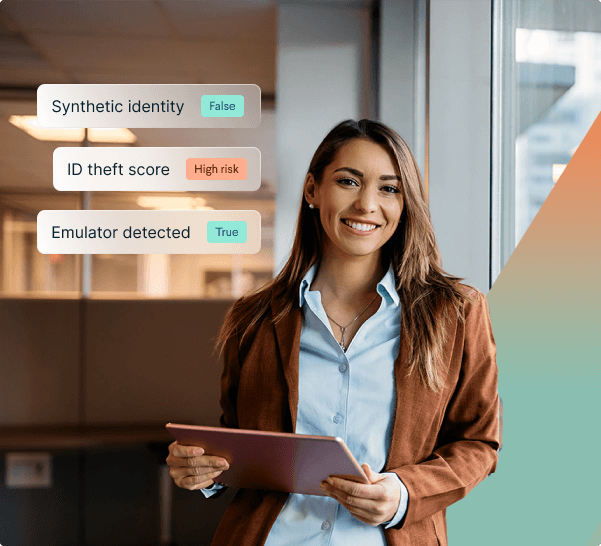Money Laundering is officially defined as “the act of concealing the transformation of profits from illegal activities and corruption into ostensibly "legitimate" assets”.
The act of ‘laundering money’ is thought to go back to at least 2000BC when Chinese merchants would hide money from rulers by taking it offshore, but the first time laws against money laundering were created was in 1930s America as a response to the level of organised crime during the period of Prohibition.
Those operating casinos and selling alcohol had to account for their income by opening ‘cash businesses’ many of which were laundrettes – thought to be a factor in the naming of the process of ‘money laundering’.
Since then, money laundering has become an increasingly big problem with Donald Toon, director of prosperity at the National Crime Agency (NCA) conceding during a Treasury Select Committee in July that it is likely that “hundreds of billions of pounds are laundered through the UK annually”.
And, not only is money laundering a crime in itself, but it is an enabler for more serious crime. The National Risk Assessment (NRA) says there is ‘a marked overlap’ between money laundering and terrorist financing while the NCA estimates that most of the proceeds of serious and organised crime – around £24billion a year – is laundered through UK banks and businesses.
So why is the problem of money laundering becoming so much more widespread now?
One of the reasons why money laundering cases are becoming more prevalent is down to technology. As the world has become increasingly more digital, money launderers have become more technologically savvy. Fraudsters are now so sophisticated, employing a wide range of techniques and technologies to clean their dirty cash, that money laundering is becoming almost impossible to detect manually.
Former US Secretary of State George Shultz said that today’s money launderers make the Capone crowd and the old Mafia “look like small time crooks".
Much of the ‘success’ of today’s money launderers is down to increasingly sophisticated fraudulent documents.
Using the latest technology, fraudsters are able to create documents such as passports, driving licences and other forms of identification that look so genuine, they are impossible to spot via a manual check.
This means that even when banks, buildings societies, estate agents, law firms, IFAs and other AML regulated organisations have proper AML processes in place, these processes are now failing to pick up fakes that could identify professional fraudsters therefore banks, buildings societies and other financial companies are at risk of inadvertently helping money launderers legitimise the proceeds of their crimes.
Even if financial organisations feel they have taken all the steps to ensure they are set up to comply with money laundering regulations, staying one step ahead of the criminals is becoming increasingly difficult.
Despite having AML processes in place, there are still billions of pounds worth of transactions going through the UK financial system every year, funded by dirty money, with a recent report from Transparency International estimating that more than £4bilion of UK property could have been bought with laundered funds.
And while there is perhaps nothing we can do to stop fraudsters coming up with ever more convincing fake documents, we can play them at their own game.
Because while these forms of identification may be hard to spot during a manual check, if they are run through an electronic AML system, they will be picked up.
Electronic identification is the most reliable, secure and efficient source of information for identification checks. Manual checks are open to errors, but electronic checks offer a failsafe system that guarantees to recognise fraudulent documents and AML activity.
The way the platform works is by cross-referencing identification documents with multiple agencies to ensure the person’s details match within multiple sources. The system can validate documents and make electronic identification verification by matching documents with information from major data suppliers like Experian, Equifax, Dow Jones and Companies House.
Not only is this quicker and easier than manual checks, but it is also much more reliable, and in fact, could soon be mandatory.
The Fifth revision of the Money-Laundering Directive came into force in July and one notable update is that it now states that Customer Due Diligence measures should identify the customer based on information from a ‘reliable and independent source’, ‘including, where available, electronic identification means’.
So electronic means of identification is already the preferred solution, and could soon be the only solution because, in reality, electronic verification is the only way to ensure you can spot the fakes.
/SmartSearch_OfficeLifestyle_Feb25_008-1.jpg)
